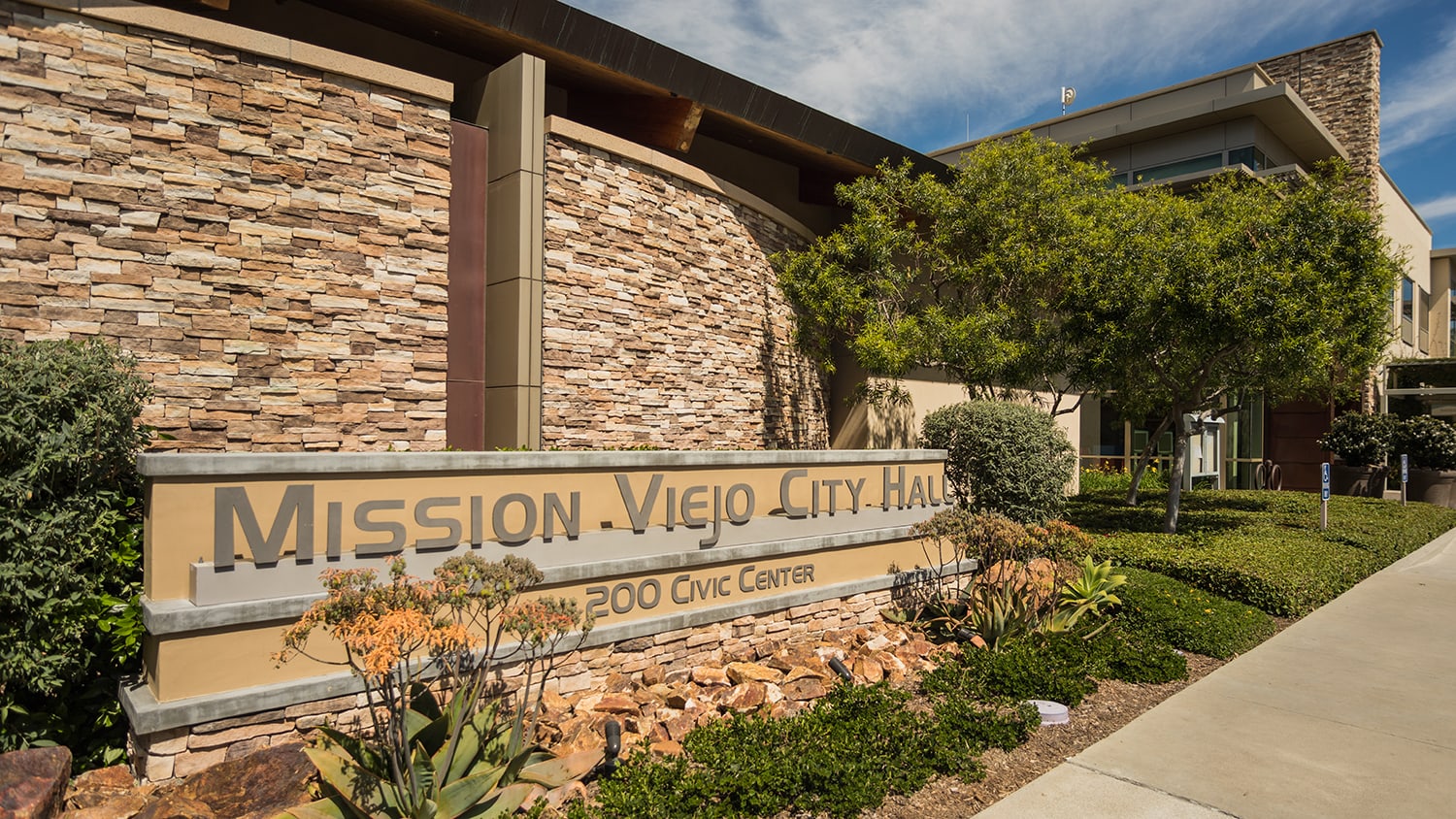
History & Facts
One of the largest master-planned communities in the USA, Mission Viejo has over 96,000 residents, making it one of the largest single-project developments in the country.
Looking back, Mission Viejo previously served as a testament to the era when men drove their cattle on horses. Prior to becoming the prominent and forward-thinking community that it is today, Mission Viejo was a hilly terrain. In fact, the majority of the property was classified as "undevelopable" by the early developers.
The O'Neill family originally held a 53,000-acre property that included this village. The estate belonged to Richard O'Neill, who divided it among his three children, Jerome, Mary, and Richard Jr. Later, Richard Jr., who had two kids, received the land that had belonged to him.
The O'Neills made the decision to sell their 11,000 acres of land for non-agricultural development in 1963. They didn't, however, sell it to anyone who wouldn't be responsible enough to protect the neighborhood. They selected a purchaser who could preserve the ecosystem.
Dick O'Neill, Tony Moiso, and Jerome Moiso, who served as the board of directors, founded the Mission Viejo Company. Together, they made sure the land would expand and change in a regulated manner.
The Mission Viejo Company put a lot of effort into developing a master plan neighborhood. The number of residences, parks, open spaces, and recreational opportunities was given. Donald Bren was the community's main planner. He was an urban planner who ultimately rose to the position of president of Irvine Company. According to history, Bren's obsession with Spanish architecture was first and foremost manifested in Mission Viejo, his major undertaking.
The design was finished by 1980 thanks to the Mission Viejo Company's tireless work.
In 1988, Mission Viejo was officially declared a city. After that declaration there were many popular attractions such as Lake Mission Viejo and Saddleback College that were developed. Further developments of the city were a library, hospitals, public, and private schools.